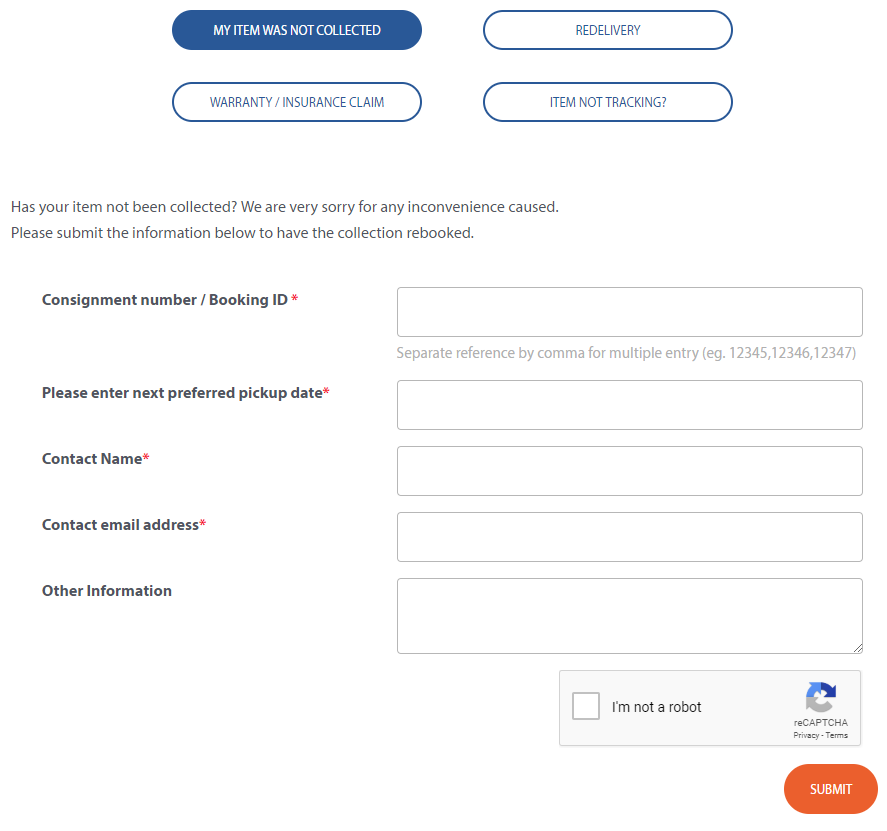
Imagine if there was a world where your customers didn’t ask any questions. Ever.
I’ll wait till you stop laughing.
Many people dive headfirst into a business without realising the majority of their day will be putting out small customer-sized fires left, right and centre. Customers are the necessary evil in every business and after all, without them, you will never be able to buy that superyacht you’ve been dreaming of since childhood.
Keeping your customers happy is one of the hardest and most rewarding parts of running a business. We all know the formula: happy customers = loyal, lifelong customers. Unhappy customers = problems. Thankfully, operating a business in 2018 has many perks. Modern customers spend around 79 days of research before purchasing, which gives businesses plenty of time to educate, nurture and convince customers they’re making the right choice by purchasing from them.
But what happens when they aren’t happy?
Your business has to act fast. However, thanks to the Internet and this amazing tool called automation you soothe your customers’ concerns and issues quickly.
Now we aren’t promising that automating your customer service system will keep customers from asking questions or needing support, but by automating this system you’re freeing up valuable time to grow the business and focus on buying that superyacht. We will explain three different ways you can create an automated customer service system so smooth it should feature on an ad for razor blades.
#1. Instant messaging bots (chatbots)
Ever been to a website and had a little chatbot pop up on your screen?

Did you find the overly helpful bot annoying, or awesome? If you loved it, you’re one of the 1.4 billion people who use messaging apps and are willing to talk to chatbots.
Chatbots are simply a program which was designed to simulate human conversations. They’re programmed to communicate with humans and help give them the answers to their questions. This is done in two different ways:
- They function off rules. These bots are limited to responding to specific commands and a limited knowledge base. If you were an ecommerce store selling pens for the modern hipster, for example, you would program the bot to be able to answer the usual FAQs, shipping questions and return policy questions. The bot is constrained by what you’ve provided it.
- They function off machine learning. This is some real Terminator, iRobot type business. This bot can understand language, not just questions, and it also learns from conversations with previous users.
With more and more people interacting with instant messaging services, people are far more open to interacting with chatbots.

You can use the chatbot as the first step in your customer service system – customers will be able to ask the chatbot questions and know they’ll be answered. This is a perfect opportunity to nudge those customers who are on the fence over and into the purchasing mindset. Chatbots are a proactive approach to customer service and will prove to be a valuable tool on the front line with your customers.
If installing a chatbot on your site isn’t your thing, consider Facebook Message Bots. These bots will bring the social back to social media and are a super effective way to boost sales (according to a study by Nielson, 53% of people are more likely to shop with a business they can message). This is a good way to get started with chatbots – but don’t be afraid to dive into the world of chatbots – they’re getting quite sophisticated and can be a solid investment for any business.
Still need convincing chatbots are the future of customer service? Just take a look at the 10 reasons why AI-powered, automated customer service is the future.
#2. Customer support tickets (automated self-service)
So you’ve seen the proactive customer service approach with chatbots, now let’s look into the reactive part of customer service. Back in the day, there’d be letters, faxes and phone calls with customer service issues. These days there are angry tweets, viral Facebook posts, and of course the old faithful word of mouth to spread any customer service issues to the universe.
One easy way to reduce the number of unhappy customers in the post-purchase cycle is to provide a self-service approach to customer service. Customer support tickets have been around for years and they continue to provide value to customers. This process saves the customer time on hold while they’re on their lunch break, and saves your business time and money as customers can have their questions answered on the train, plane or uber. It’s as easy as adding the common customer service issues to your contact page or customer service page and having a clear journey for your customer to follow – see an example of Transdirect’s self-service process below.



The key here is to provide a clear process and set expectations for your customers – they deserve to have their issue dealt with in a time efficient manner. This can be done with either confirmation messages or emails, like the one below.

These emails are also used to prompt the customer service team to take action, and less customer service issues slip through the cracks.
When your customer can provide detailed information on their enquiry at the time of enquiring online your customer service team can significantly decrease the downtime in dealing with the menial details of the issue.
#3. Content is king, always and forever
Now, this isn’t necessarily automated customer service, but there is a simple way to help your customers get the information they are looking for. It’s called content.
By having helpful, relevant content on your website you are minimising the amount of time a potential (or current) customer is spending asking questions and waiting for answers. When a customer is in the research phase of their buyer journey, it is so important to have information available for them to consume. This is a proactive strategy to customer service, but it’s worth investing in.
Think about every time you have had a customer ask about your shipping policy. Now imagine if you had a page on your shipping policy, which was easily accessible from your main menu or footer menu? You are saving so many hours in responding to queries. And when a customer happens to miss the page, you save significant hours by simply sending them the URL (or copying the content into your response).
Content will help your business find new customers, win them over, and keep them coming back for more. It is a small investment, but by creating a detailed FAQs page and by linking back to this resource across the site, you are proactively answering questions.
In 2018 customer service is more prevalent than ever. We’ve quoted GrooveHQ before, but when they tell us one happy customer tells nine friends on average about their experience, but dissatisfied customers tell sixteen, we are all ears.
Your business needs to invest in customer service, and automation is the way of the future. Be proactive with valuable content and chatbots, but make it easy for customers to get in touch with their specific issues with support ticket services and having a helpful contact page. The easier it is for a customer to engage with your customer service team, the smaller the customer service sized fires there are.
Warby Parker nails this approach by providing all the contact methods on their footer menu – it couldn’t be easier to reach these guys.

Of course, another way to reduce customer service enquiries and keep customers happy is by providing them with fast and reliable shipping, at a low cost.